Glass Fuse: Types, Applications, Working Principle and Complete Guide
Glass fuse is a protective component widely used in electrical and electronic circuits to prevent damage from overcurrent or short circuits. This complete guide explains its construction, working principle, different types, and practical applications in everyday devices and industrial equipment, helping readers understand why glass fuses are essential for safety and reliable performance.
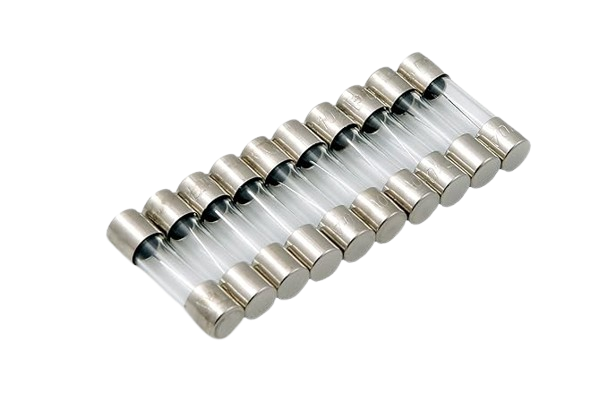
Device Overview
Introduction
Electricity is the backbone of our modern world, but with it comes the risk of overloads, short circuits, and damage to devices. That’s where a glass fuse comes into play. A glass fuse is a small but very important safety component used in electrical and electronic circuits. Its job is simple: protect your device from damage by breaking the circuit when too much current flows through it.
Because of its transparent body, low cost, and reliable performance, the glass fuse is one of the most widely used types of fuse in homes, industries, automobiles, and consumer electronics. In this article, we’ll explore everything about glass fuses in detail — from how they are built and how they work to their different types, applications, and even real-world examples.What is a Glass Fuse?
A glass fuse is a small cylindrical tube made of clear glass with a thin wire or strip of metal inside. The metal wire is designed to carry a specific amount of current. If the current exceeds that safe limit, the wire melts and breaks, cutting off the flow of electricity. This simple action saves devices from being damaged and prevents dangerous accidents. The transparent body makes it easy to check if the fuse is blown. This is why glass fuses are commonly used in low-voltage and medium-voltage circuits, especially where quick replacement and inspection are important.Construction of a Glass Fuse
A glass fuse is made of just a few simple parts, but each one is essential:-
Glass Tube – The outer shell made of strong, heat-resistant glass. It insulates the fuse and lets you see the fuse element inside.
-
Fuse Element – The thin strip or wire of metal (usually an alloy of tin, copper, or zinc) that melts when excess current passes through.
-
Metal End Caps – Located at both ends of the tube, these provide a secure electrical connection between the fuse element and the circuit.
-
Filler Material (optional) – In some glass fuses, a filler such as silica powder is used to prevent arcing when the element melts.
How Does a Glass Fuse Work?
The working of a glass fuse is based on the principle of heat generation due to electrical resistance.
- When normal current flows, the wire inside the fuse remains intact.
- If the current suddenly increases beyond the rated value, the wire gets heated.
- When the heat becomes too high, the wire melts and breaks the circuit.
Types of Glass Fuses
There are several types of glass fuses, each designed for different situations:1. Fast-Blow Glass Fuse (Quick Acting)
- Reacts almost instantly when the current exceeds its rating.
- Best suited for protecting sensitive electronics such as semiconductors.
- Example: Used in computer motherboards and audio amplifiers.
2. Slow-Blow Glass Fuse (Time-Delay Fuse)
- Designed to handle temporary current surges without blowing.
- Ideal for circuits with motors, compressors, or power supplies where inrush current is common.
- Example: Found in refrigerators, air conditioners, and microwaves.
3. Standard Cartridge Glass Fuse
- Cylindrical in shape with metal caps on both ends.
- Used in many household and electronic appliances.
- Example: Commonly seen in televisions and older power strips.
4. Miniature Glass Fuse
- Much smaller in size compared to standard fuses.
- Perfect for compact gadgets and automotive applications.
- Example: Found in car audio systems and dashboard electronics.
Advantages of Glass Fuse
Glass fuses remain popular because they offer many benefits:-
Easy Inspection – The transparent body lets you quickly check if the fuse is blown.
-
Low Cost – Affordable and widely available.
-
Reliable Protection – Offers dependable protection against overcurrent.
-
Simple to Replace – Easy to remove and install.
-
Versatile – Used in homes, industries, vehicles, and gadgets.
Applications of Glass Fuse
Glass fuses are found almost everywhere in daily life. Some common applications include:-
Household Appliances – Washing machines, microwaves, refrigerators, and televisions.
-
Electronics – Computers, gaming consoles, audio systems, and chargers.
-
Automotive – Car dashboards, music systems, and lighting circuits.
-
Industrial Equipment – Motors, machinery, and control panels.
-
Power Supplies – Adaptors, inverters, and converters.
Real-Life Example of a Glass Fuse
One of the best examples of a glass fuse in action is in a microwave oven. Microwaves often use a 20mm or 30mm slow-blow glass fuse to protect the internal circuits. When you turn on the microwave, there is a surge of current as the motor and magnetron start. The slow-blow fuse allows this temporary surge but will blow if the current remains high or a fault occurs. This ensures the expensive electronics inside remain safe.
How to Identify a Blown Glass Fuse
You can check a glass fuse in two simple ways:-
Visual Inspection – Look through the glass tube. If the wire inside is broken or you see burn marks, the fuse is blown.
-
Multimeter Test – Use the continuity mode of a multimeter. If there is no continuity, the fuse has failed.
Precautions When Using Glass Fuses
To ensure safety, always follow these precautions:-
Replace a blown fuse with one of the same current and voltage rating.
- Never bypass a fuse with a wire or foil; this removes protection and can cause fire hazards.
- Make sure the fuse fits tightly in its holder for proper contact.
- Choose high-quality fuses from trusted manufacturers to ensure reliability.
Conclusion
A glass fuse may look like a tiny component, but its role in protecting electrical and electronic devices is huge. By breaking the circuit during overloads, it prevents costly damage and keeps devices safe. From household appliances to industrial machines and vehicles, glass fuses are trusted for their simplicity, low cost, and reliability. Understanding how they work, the different types available, and where they are used can help you choose the right fuse for your needs. Whether it’s a microwave in your kitchen, the dashboard in your car, or a machine in a factory, the glass fuse continues to be a vital part of modern electrical safety.Where to Buy
| Platform | Price | Action |
|---|---|---|
|
|
₹110 | Buy Now |
Prices may vary. Click on "Buy Now" to check current availability and pricing.
Administrator
Frequently Asked Questions
Common questions about Glass Fuse: Types, Applications, Working Principle and Complete Guide. Find answers to the most frequently asked questions.
User Reviews & Comments
Share your experience with this IoT device. Your feedback helps our community make informed decisions!
Share Your Experience
Help others by sharing your thoughts about this IoT device.
Related Devices
Explore more IoT devices in the same category
Dive deep into the world of Li-ion batteries tailored for IoT applications. This detailed resource covers everything from fundamental principles to advanced optimization techniques. Understand how to choose the right battery, extend device runtime, and enhance overall system reliability, all crucial for your connected innovations.
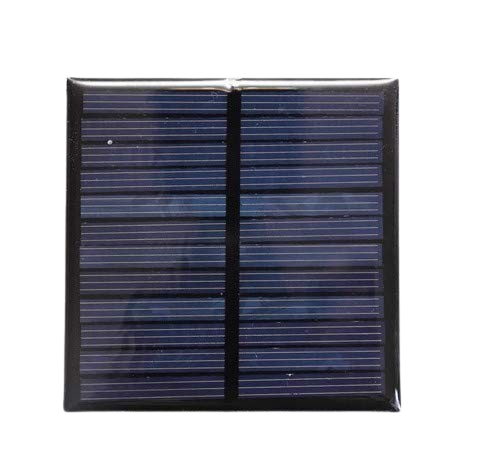
Discover everything about solar panels in this complete guide covering types, benefits, installation cost, and maintenance tips. Whether you're planning for home or commercial use, learn how solar energy can reduce your electricity bills and promote sustainability. Ideal for beginners and property owners exploring solar power solutions in 2025.
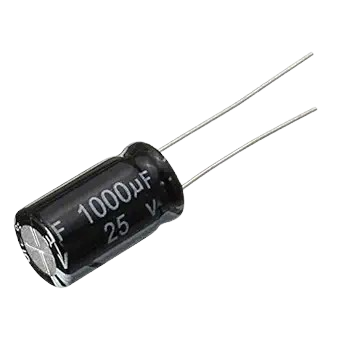
Discover everything about capacitors in this complete technical guide. Learn capacitor types, working principles, real-world applications, and how to choose the right one for your circuit. Ideal for students, engineers, and electronics enthusiasts seeking reliable, accurate information
TP4056 is a compact lithium-ion battery charging module known for its simplicity, safety, and efficient performance. This guide covers its working, features, pin configuration, and safety usage tips, making it ideal for electronics enthusiasts and DIY battery charger projects. Learn how to use TP4056 effectively without overcharging or damaging your batteries.
The LM2596 Buck Converter is a popular DC-DC step-down voltage regulator designed for efficient power conversion. Known for its stability, high efficiency, and adjustable output voltage, it is widely used in electronics projects, power supply circuits, and battery-powered devices. This guide covers its working principle, key features, specifications, and common applications for hobbyists and professionals.

What is a Mini SPST 2‑Pin Switch?
Power Supply
Explore the Mini SPST 2‑Pin Switch, a compact and reliable component for various electronic projects. Learn about its specifications, wiring techniques, and practical applications. This guide provides step-by-step instructions for integration, troubleshooting tips, and essential insights to ensure optimal performance in your circuits.
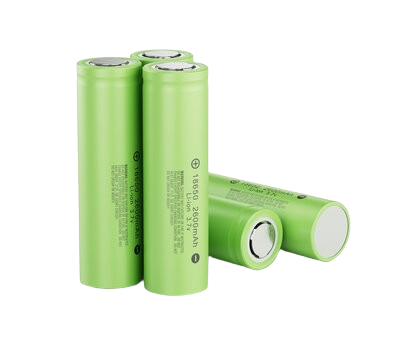
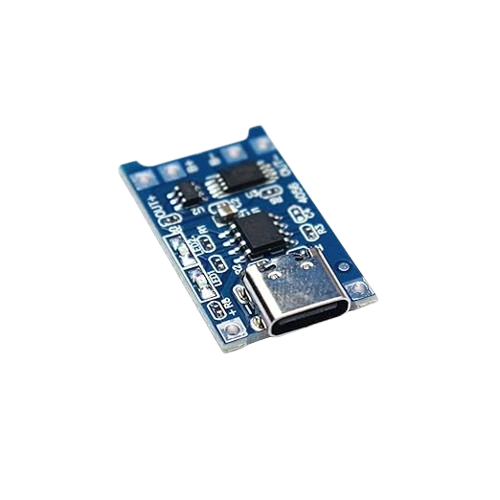

No Reviews Yet
Be the first to share your experience with this IoT device!